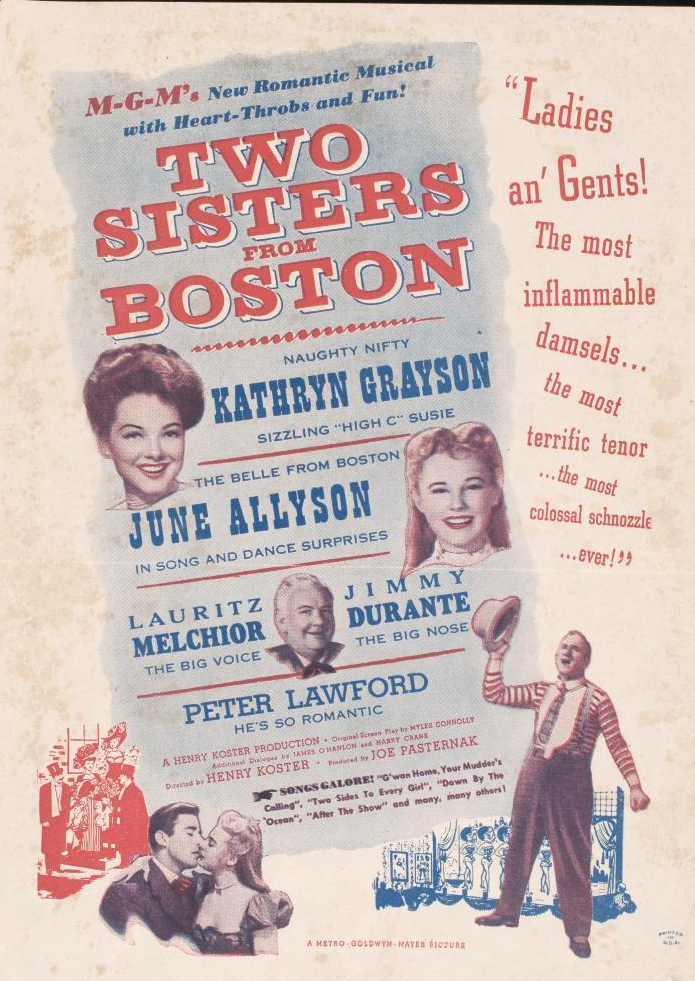(2025-)
Created by Scott Frank, Chandni Lakhani
Starring Matthew Goode, Chloe Pirrie, Alexej Manvelov, Leah Byrne, Jamie Sives, Katie Dickie
IMDB Entry
Dept. Q is a UK TV series about a cold case. This is hardly new, but what makes it work and stand out are the characters involved.
Carl Morck (Matthew Goode) is a police detective who is returning to duty after being shot in a botched investigation. Morck barely survived, and his partner James Hardy (Jamie Sives) is paraplegic due to the attack. But it's clear that no one is welcoming Morck back -- and for good reason. He's sarcastic and arrogant. His boss, Moira Jacobson (Katie Dickie), tells him he is to head a new cold case unit, but it's clear to keep him out of the way -- his offices are in the basement in an old locker room decorated with urinals.
Morck is joined by Akrim Salim (Alexej Manvelov), a former policeman from Syria who is an civilian employee, not a cop, but who attaches himself to Morck's unit. He goes through the cold cases and finds one about Merritt Lingard (Chloe Pirrie), a prosecutor who vanished four years earlier on a ferry ride. Morck thinks she's dead, but Akrim insists on following up. Soon Morck is drawn into the case and we learn quite early that Merritt is alive and a prisoner. Rose Dickson (Leah Byrne) is a detective assigned to desk duty after a breakdown, but joins Morck to do more than file papers.
It's not a mystery since we know quite early that Merritt is alive. The story is discovering where she is and who has captured her.
The acting is excellent. Matthew Goode's Morck is much like Gregory House, but more intense and sarcastic and with little sense of humor. Alexej Manvelov portrays Akrim as a fascinating character: quiet, polite, patient on the surface, but ruthless when necessary. Chloe Pirrie is strong as a character that has been broken down by her experiences.
The show is strong stuff. Some of the scenes, especially with Merritt, are intense and may turn off viewers. But the result is great television.
The main mystery is resolved, but a second season is planned. I'm looking forward to it.
























